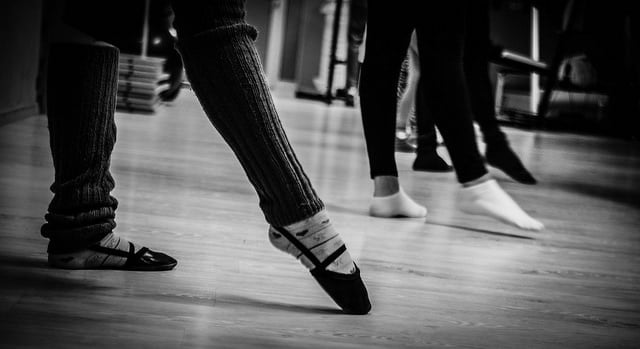
Photo: Sara Ristić (CC BY 2.0)
Dancers can deliver effective healthcare programmes, report finds
Aesop’s falls-prevention classes were both an enjoyable artistic challenge and faithful to their healthcare objectives.
Dancers can be trained to deliver artistic, evidence-based healthcare programmes, according to the evaluation of Aesop’s Dance to Health pilot programme.
It also found measurable reductions in loneliness for participants, and suggests similar arts in health programmes could become sustainable funding streams for arts organisations.
“Dance to Health is capable of generating better outcomes and being associated with lower overall costs of managing falls compared to the primary prevention programme or no intervention,” the report finds. It describes the classes as faithful to their healthcare objectives and an “enjoyable challenge” for the dancers.
Successful outcomes
Echoing previous research, Aesop’s pilot programme was found to be more successful than standard falls prevention exercises. 73% of Dance to Health participants achieved the target attendance over six months, compared to 31% for primary prevention, and 46% for secondary prevention.
Among the 196 participants, the evaluation found there were statistically significant increases in dance ability, interest, and group identity. It also found that the programme gave positive support for physical control, coordination and the ability to undertake regular activities.
Speaking about the programme, one participant said: “when I started I could not stand up off a chair, now I can do it quite happily, that is one of my party pieces.”
Challenges
Despite the programme reportedly generating £150k of earned income for dance artists and dance organisations, the report concludes the move from Dance to Health to being fully commissioned by the health system would be “too great”.
Aesop Chief Executive Tim Joss explained that although there are high-profile examples of large arts in health programmes, no similar scheme has yet gone to scale and the ambition to do so is “rare”.
“Dance to Health is working in a health climate which suffers from low awareness of the value of the arts for health and is reluctant to commit health budgets to arts programmes,” Joss told AP.
“Many health professionals view the arts as ‘fluff’. The arts are a nice-to-have extra, incapable of delivering robust health outcomes and therefore not a suitable use of NHS funds.”
However, Aesop has also produced a seven-item checklist of ‘ingredients’ needed for an arts programme to be taken up by the health system, and has devised a business model for a ‘Phase 1 roll-out’. This will consist of two strands: an improvement programme funded by the health sector, and an ongoing maintenance programme that doesn’t require health funding.
More details about the phased roll-out are to be released in the coming months.
Join the Discussion
You must be logged in to post a comment.